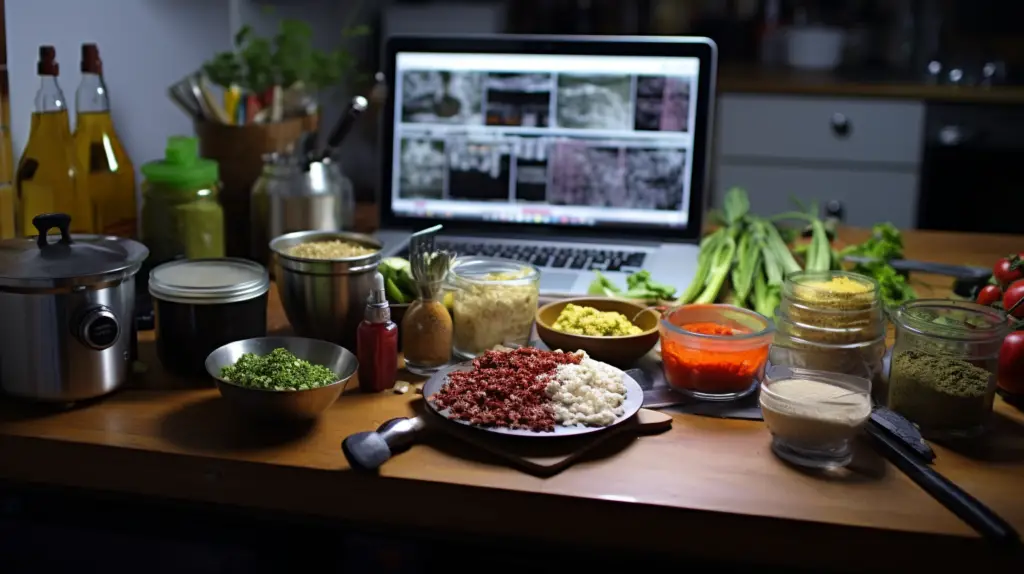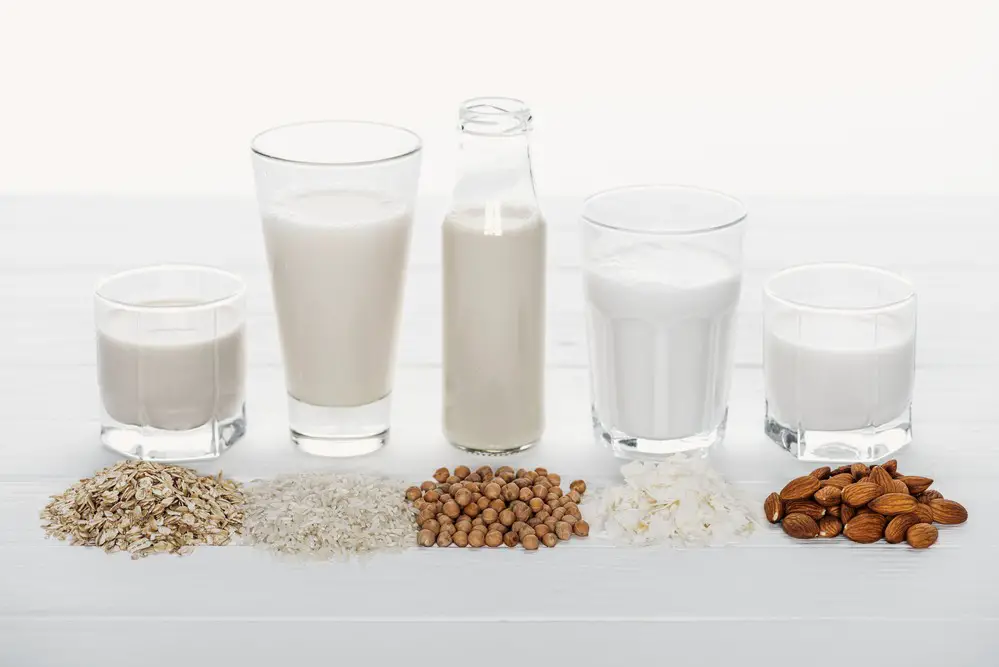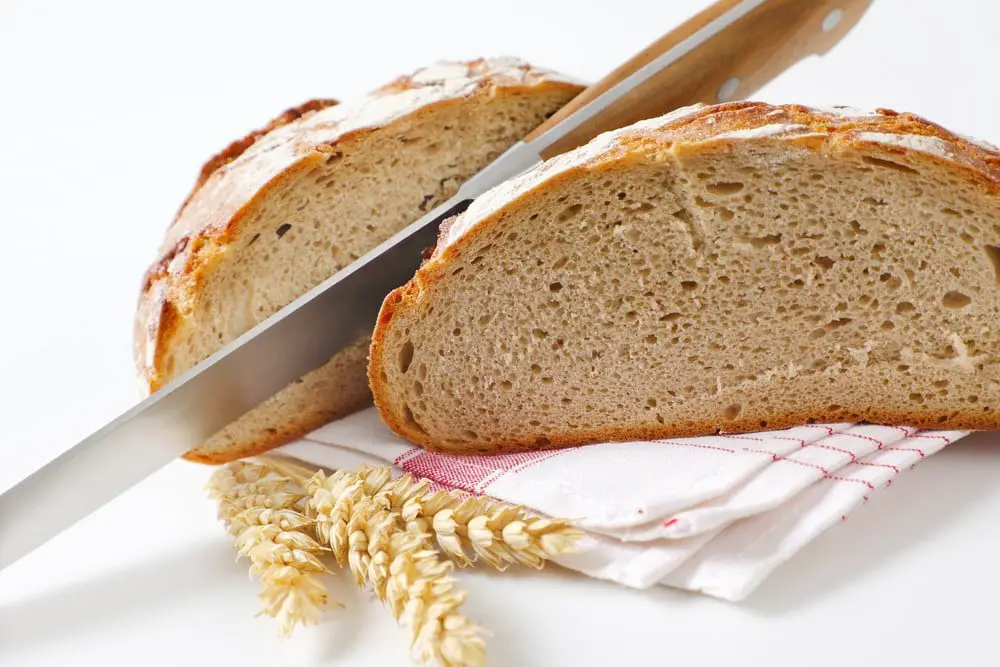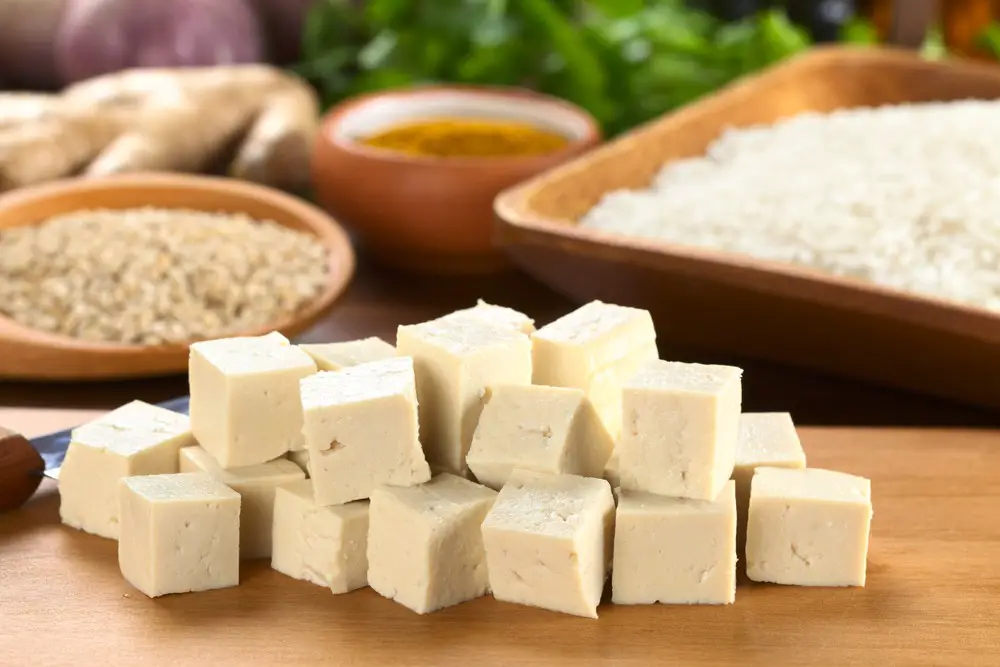Are you a food blogger looking to take your culinary content to the next level? In today’s digital world, visuals play a crucial role in capturing your audience’s attention and keeping them engaged. If you want to enhance your food blog and make it more captivating, it’s time to explore the power of video conversion.
The world of food blogging is incredibly competitive. To stand out and connect with your audience on a deeper level, incorporating video content into your blog is a game-changer. In this article, we’ll explore how video conversion can transform your food blog into a feast for the eyes and taste buds.
Why Video Content Matters in Food Blogging
Visual Storytelling
Videos allow you to tell a visual story about your culinary creations, taking your readers on a mouthwatering journey.
Engagement Boost
Studies show that video content generates more engagement and shares on social media platforms, helping your blog reach a wider audience.
Recipe Demonstrations
Videos enable you to demonstrate recipes in real time, making it easier for your audience to follow along and replicate your dishes.
Understanding Video Conversion
Video conversion refers to the procedure of transforming a video file from one format to another. It’s essential for optimizing your videos for different platforms and devices.
The Benefits of Video Conversion for Food Blogs
Enhanced Visual Appeal
Convert your videos to high-quality formats to ensure that your food looks as delicious on screen as it does in real life.
Improved Engagement
Videos create a more interactive experience for your readers, encouraging them to spend more time on your blog.
Diversified Content
Diversifying your content with videos appeals to different learning styles and preferences, attracting a broader audience.
Choosing the Right Video Conversion Tools
Online vs. Offline Converters
Consider the convenience of online converters versus the advanced features of offline software, depending on your needs.
Features to Consider
Look for batch conversion options, compatibility with popular formats, and user-friendly interfaces when selecting a video converter tool.
Creating Mouthwatering Food Videos
Planning Your Video Content
Outline your video content in advance, focusing on recipes, cooking techniques, and food stories that resonate with your audience.
Filming Techniques
Master essential filming techniques such as lighting, framing, and camera angles to make your dishes look irresistible.
Adding a Personal Touch
Inject your personality into your videos, sharing anecdotes, tips, and tricks that make your content unique and relatable.
Optimizing Your Videos for SEO
Keywords and Descriptions
Incorporate relevant keywords and detailed video descriptions to improve your videos’ discoverability on search engines.
Thumbnails and Titles
Generate visually appealing thumbnails and captivating video titles that entice viewers to click and view.
Video Transcripts
Provide video transcripts to enhance accessibility and ensure search engines can index your video content effectively.
Promoting Your Food Videos
Sharing on Social Media
Leverage social media platforms to share your videos, engage with your audience, and build a community of food enthusiasts.
Collaborations and Cross-Promotion
Collaborate with fellow food bloggers and influencers to expand your reach and introduce your content to new audiences.
Email Marketing
Incorporate video content into your email marketing campaigns to nurture your subscriber base and drive traffic to your blog.







